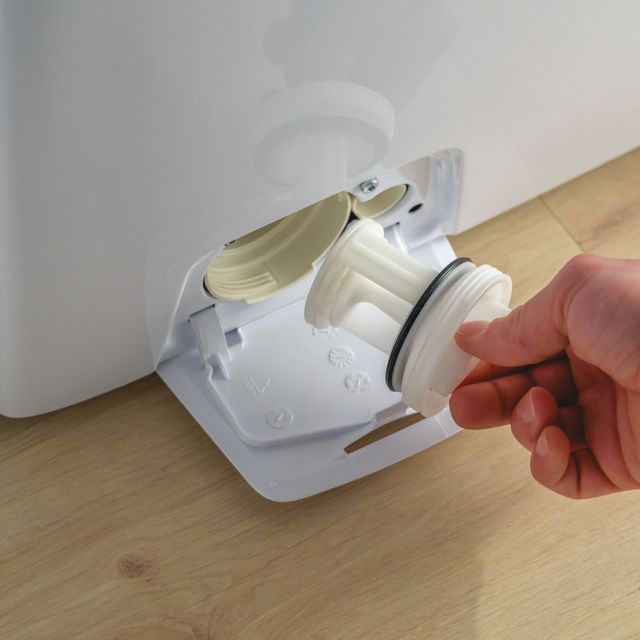How the spin cycle works
Spin cycle: your washing machine superpower that removes excess water from your clothes. How? It’s not magic! The motor makes the drum rotate at high speed, while the pump drains the water. Keep reading to discover how to make the most of it without damaging your clothes.
Spin speed
The washing machine spin speed is the velocity, measured in revolutions per minute (RPM), at which the tub spins during the final cycle.
Washers generally have a default spin speed that varies based on the type of fabric. For example, wool, lingeries or blouses require a slower spin speed (around 600-800 RPM), synthetic fabrics need around 800-1000 RPM, while a high-speed (900-1400 RPM) is recommended for cotton. Labels could be a great ally in choosing the right speed, but Candy has something that can help you even more. The Candy RapidO’ comes with the Snap&Wash feature, a smart function that allows you to find out the ideal cycle and spin speed for your fabrics, just by taking a picture of your garments pile.
Rinse and spin programme
What if I want my clothes drier?
You could set an extra rinse cycle that does not use detergent or provide deep cleaning. It simply rinses and then spins out the moisture from fabrics. Just remember that additional rpm may be fine for cotton, linens, and durable synthetics, but it is not recommended for delicate fabrics, because it may cause shrinkage.
Malfunction
What if my clothes are still wet?
It might be a malfunction, or maybe not. Sometimes it’s just a simple issue that you can solve by yourself. For example, an imbalanced drum is a common reason for ineffective spinning.
It happens when the load is too heavy, so be sure not to overload your washer.
Another thing that you should check is whether the filter is clogged. Just remember to clean it once in a while or, if it’s necessary, to replace it.





